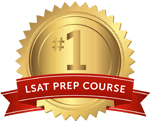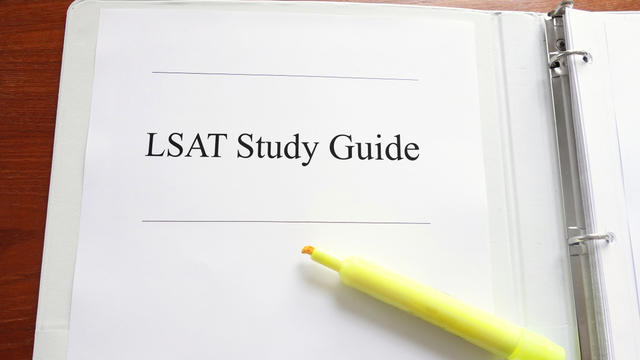So we’ve got one section down, only five more to go! Let’s introduce you now to the dreaded Reading Comprehension section!
As an English major in college, when I first encountered the Reading Comprehension section on the LSAT Exam, I thought, okay, this is going to be pie. To my chagrin, I realized that the Reading Comprehension section of the LSAT Test was nothing like reading a classic off of the cannon and then analyzing it proudly to my professor.
Each Reading Comprehension section consists of four passages of roughly 400-500 words each, which have 5-8 questions relating to each passage. There is always one passage on the arts or literature, one passage on the sciences, one passage on the social sciences and one passage related to law. You will be asked to identify the author’s main point and tone. You will be asked to make inferences based on the information you’ve read or to pinpoint specific information found in the passage.
It seems to me that the majority of my students very much dislike the Reading Comprehension section. However, it’s not usually because they find the questions very difficult, but rather because this section seems to really put your timing and endurance to the test. Ideally you should take around 8 minutes to read the entire passage and answer all the questions correctly. That way you have 3 minutes left at the end of the section to go back and check any answers you may be a little shaky on. Let me repeat, ideally you have 8 minutes to read the entire passage, understand it on the first go, and then read and answer all the questions accompanying the passage. Sounds like a tall order. But, really, with practice, it’s not.
The first hurdle you have to get over is understanding that it isn’t that the questions are stumping you—it’s that you may not be used to reading annoyingly dense articles very quickly and actually absorbing information. I know, at first, this section really brought my hopes down for a potential score that started with a “17-,” but, for today, I’ll try and give you a few tricks that worked for me, and throughout the blog hopefully we can get you to become a Reading Comprehension master. And, for those of you who think this section is actually pie, then you can sit back, put your feet up and relax for a bit!
The passages are taken from actual scientific, legal, and literary journals, and tweaked to work for the LSAT. What does this mean? Well, not only are you actually learning real facts and theories that you can then regurgitate at your next cocktail hour or dinner party, and have all the guests ooh and ahh at how worldly you are for knowing the ritualistic patterns of the mask art made in Africa, or Freud’s interpretation of Hansel and Gretel as an allegory to the state of our children’s psyche for years to come, but you can also actually practice reading LSAT Reading Comprehension passages by subscribing to well-written periodicals, such as The Economist, and reading a couple articles a day; or you could do what I did and sit in a Barnes and Nobles and read them for free! Either way, if you find the articles a bit dense, it’s because they are, and it’s really helpful to get your eye and mind used to reading dense material you probably aren’t ridiculously interested in.
Next, it’s all about the Main Point, the Tone, and the Purpose. After you read each passage, stop for a second, and answer these three questions:
(1) “What was the passage about?”
(2) “How was it conveyed to the reader/What does the author think about what she’s telling you?”
(3) “Why is the author bothering to tell us this?”
The answers to these three questions will lead you to the correct answers that follow the passage. I promise. Get used to knowing the what, how and why of each passage and you’ll slowly see how great of an asset this information is.
Lastly, if you’re really worried that you’re just not “getting” the questions, try this. Turn that watch of yours over and just do the passages untimed. Read the passage as slowly as you’d like, try, still, to only read it over once, though, and then go ahead and answer the questions to your heart’s desire, as slow and steady as you’d like. Even if you don’t get them all right this way, you’ll see that your accuracy is much better. What does that mean for you? Well, it’s time you’re battling—not the actual passage itself. I’d take an hour or two everyday and plow through Reading Comprehension passages this way until I could get four passages in a row completely correct. When you see you can do this, you’ll gain the confidence to try amp-ing up your speed. But, remember, work slowly and steadily at first.
Happy Studying!











